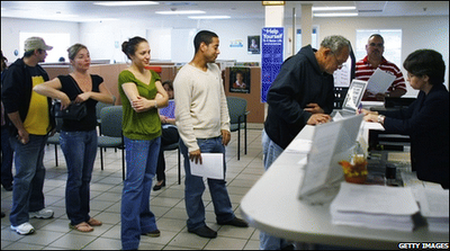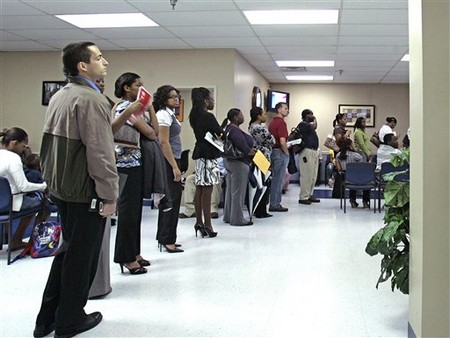Economically, a person who is able and willing to work for pay but is unable to find any job is known as an unemployed person. Unemployment is defined as the state of being unemployed, and the unemployment rate reflects the number of unemployed workers divided by the total civilian labor force. While it’s a complex task to accurately measure unemployment across different countries due to varying methods and factors, securing employment often comes with navigating contracts and legal agreements. In such cases, having a contract review attorney can be invaluable, ensuring that any employment contract is fair and legally sound.
In the coming section of this article, we will discuss some of the different types of unemployment. Moreover, individuals who are seeking seasonal work in the kiwifruit industry may consider checking out Seasonal Kiwifruit Jobs Bay of Plenty.
Frictional Unemployment
It is a kind of unemployment where a person is out of one job and is looking for another suitable job. It requires some time to get a new job. The person at this time is considered as frictionally unemployed. Development of new labor markets can sometimes help to minimize the problem of frictional unemployment, as in this way the time period of shifting from one job to another is almost zilch. However, there are instances of imperfect information that aggravates the problem further. The more stable the economy is, higher will be the probability of getting a new job faster, and lower will be the probability of frictional unemployment.
Structural Unemployment
When the qualification of an individual is not sufficient to meet the job responsibilities, this is called the structural unemployment. Economically, it is defined as when the marginal revenue product of an individual falls short of the minimum wage that he is getting for the concerned job. The minimum wage is set by negotiation in the union or by law. A situation of zero minimum wages can sometimes be associated with structural unemployment. There are a number of parameters that determines the extent of the structural unemployment. If the mobility of labor is high across diverse jobs, the structural unemployment rate will be lowered. The structure of industry and growth of economy also influence the structural unemployment.
Real Wage or Classical Unemployment
When the wages rise above the balanced employment level, classical unemployment arises. The wages are not flexible enough to go down that means the unemployment remain on higher side for a long time. In this case, wages are not set by negotiations or law.
Cyclical Unemployment
It is also known as demand deficient unemployment that occurs when the economy requires low workforce. In the Keynesian economists’ view, economic imbalance or economic disequilibrium is the cause for such unemployment. Since the unemployment moves with the trade cycle, this unemployment is called cyclical unemployment. During the economic boom, demand for labor force increases, while during recession demand for labor force contracts and the surfeit is released.
Seasonal Unemployment
The unemployment that tends to focus on a particular time of year is known as seasonal unemployment. Seasonal unemployment can be seen commonly in the industries such as hotels, catering, fruit picking and tourism.
Above are given different types of unemployment and we have seen that there are so many different parameters involve in each of the type which affect the demand and supply gap in the labor market. Economic growth is an important factor in each case.
The amount of money you will receive will largely depend on the type of unemployment under which you fall, so it is important to have a clear idea about this. You can visit sites like https://www.calc.edu/student-services/job-placement/ to see if there are available jobs and avoid unemployment. Also file your unemployment at your first instance so that you will start receiving money while looking for new job.





